Welcome to our shop! translation into English is in progress, check the product on " Не Українською"
Buy⚔️ for a gift and for collecting Bayonet cleaver sapper sample 1914 to the carbine system Schmidt-Rubin in Ukraine city of Kyiv
Dear Collectors and guests of the site Antique Gallery, looking for a gift, in particular Antique weapons, to your attention is offered: Bayonet cleaver sapper sample of 1914 to the carbine system Schmidt-Rubin
? The 1914 model sapper bayonet to the Schmidt-Rubin system carbine is an ideal choice for collectors and weapons history buffs. This antique bayonet cleaver is a unique example of engineering craftsmanship made for the Swiss Army in the early 20th century. It is characterized by its durability and versatility – used both as a combat bayonet and for sapper tasks. With this bayonet you will get not only a piece of history, but also a real artifact of the era. ⚔️
The blade of the bayonet is single-bladed, with a chisel on the right side and a saw blade on the point (32 double prongs). The combat end is extended double-bladed. The handle is formed by two wooden cheeks fastened to the blade shank with two rivets. The handle head has a spring latch with an internal coil spring. The crossguard is steel with a barrel ring on the side of the blade edge. Leather scabbard with iron device consisting of a mouth with a staple and a tip or steel scabbard with a staple and a ball at the end.
The bayonet cross is stamped with a number matching the serial number of the rifle. The heel of the blade bears the manufacturer’s mark of Schweizerische Industrie Gesellschaft (Waffenfabrik Neuhausen), HS or H.St (manufacturer unknown) or Victorinox (Elsener Schwyz or Victoria). The leather blade bears the acceptance marks and the manufacturer’s stamp with the year of manufacture.
Historical Background:
The 1914 model sapper bayonet, designed for the Swiss Schmidt-Rubin rifle, is known for its versatility and practicality. This bayonet was used as a close combat weapon and a tool for engineering work. The saw blade allowed for quick clearing of obstacles, cutting wood, and other sapper tasks. The bayonet had a sturdy construction that guaranteed its durability even in the most difficult conditions.
Officially adopted along with the carbine in 1914, this bayonet is also known as the “1911 model bayonet” because of the date of adoption of the carbine itself. In addition to its primary purpose, this bayonet was also used with the 1931 model short rifle, demonstrating its versatility.
The main feature of this bayonet lies in its construction: the blade has a single blade with a chisel and saw blade on the point, including 32 double tines, and an extended double-bladed fighting end. The handle, made of two wooden cheeks, is firmly riveted together to add strength and durability.
This bayonet was issued not only to sappers, but also to a number of other military specialists such as blacksmiths, wagoners, and artillerymen. All of these troops received this bayonet as standard equipment, which emphasizes its versatility.
Photo Review:
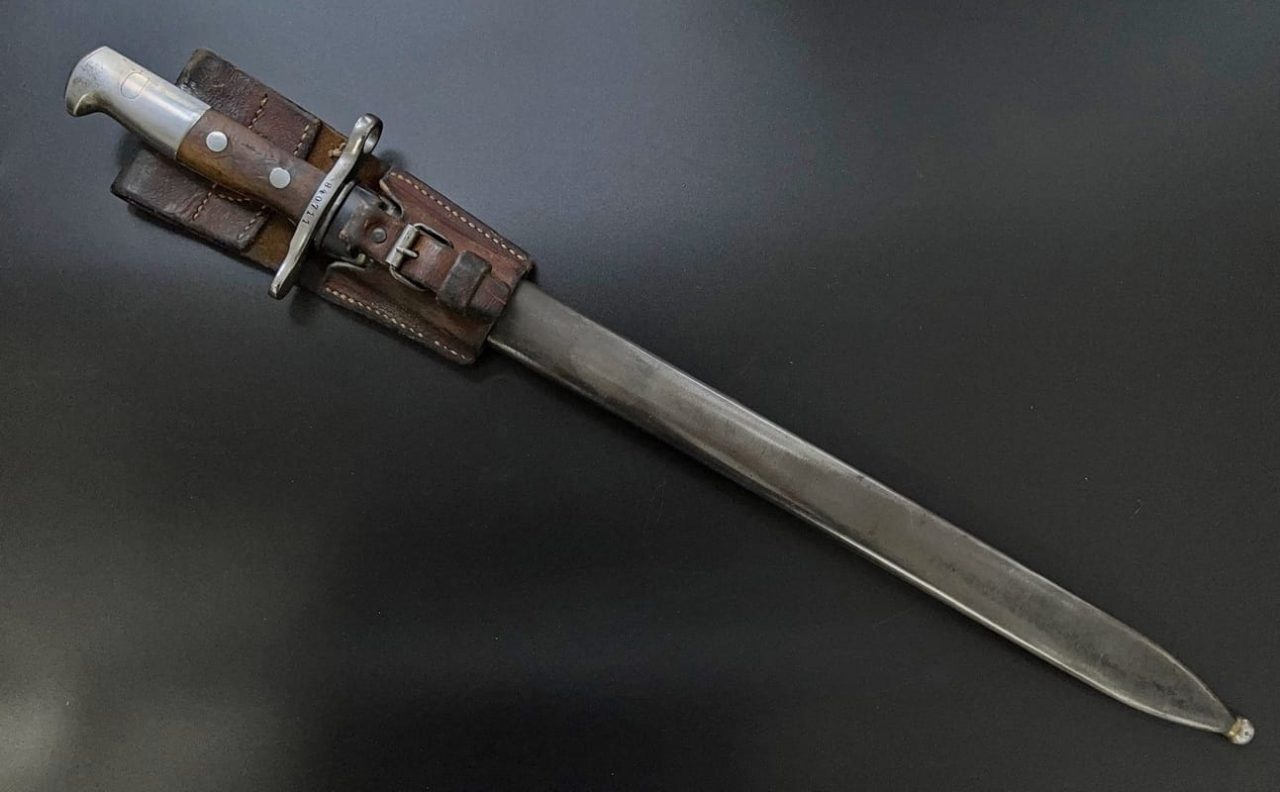
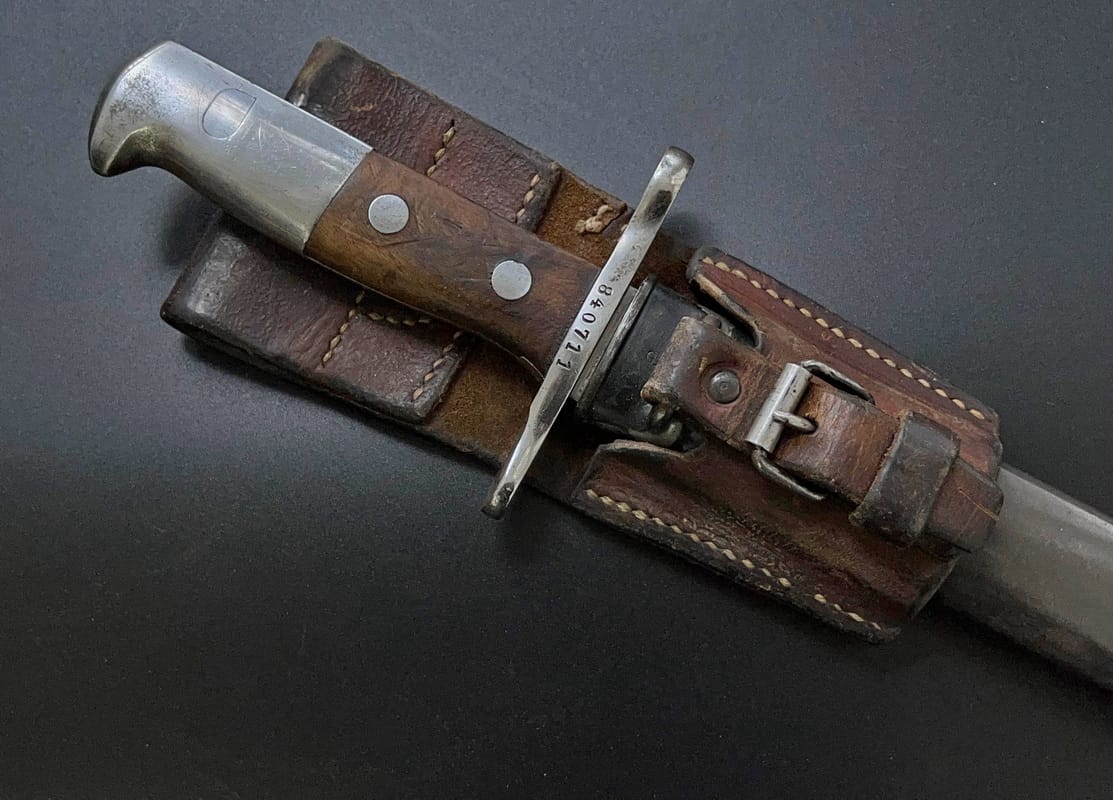




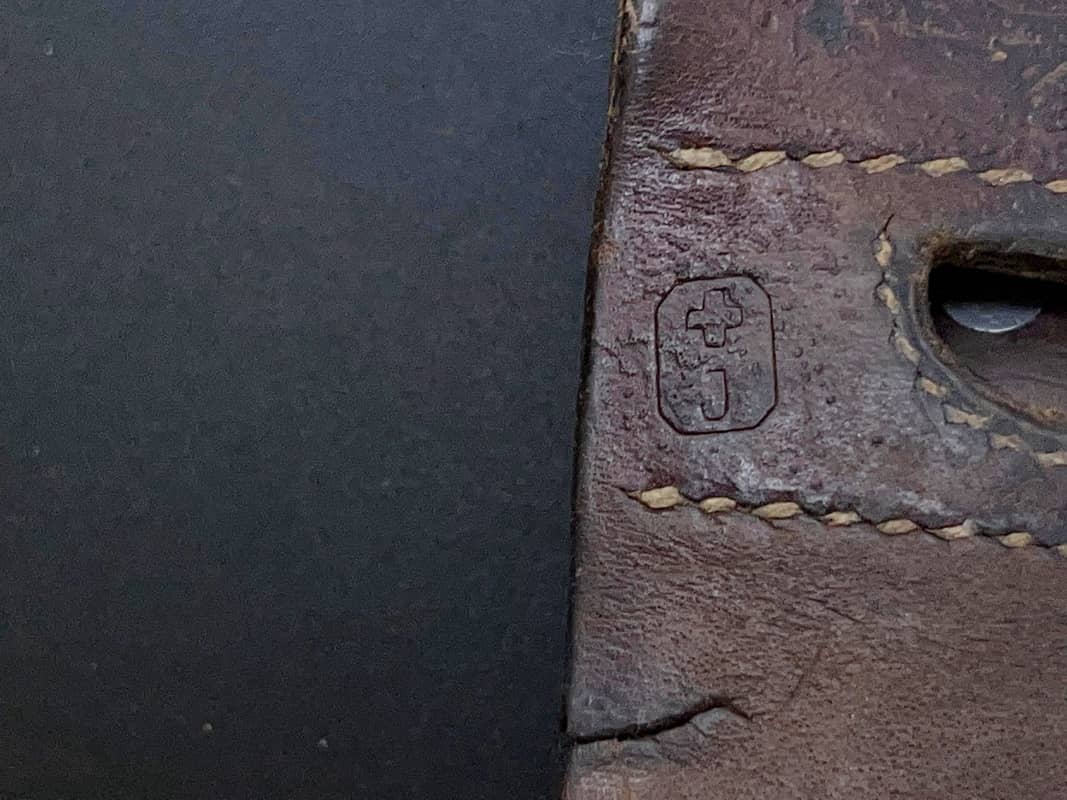
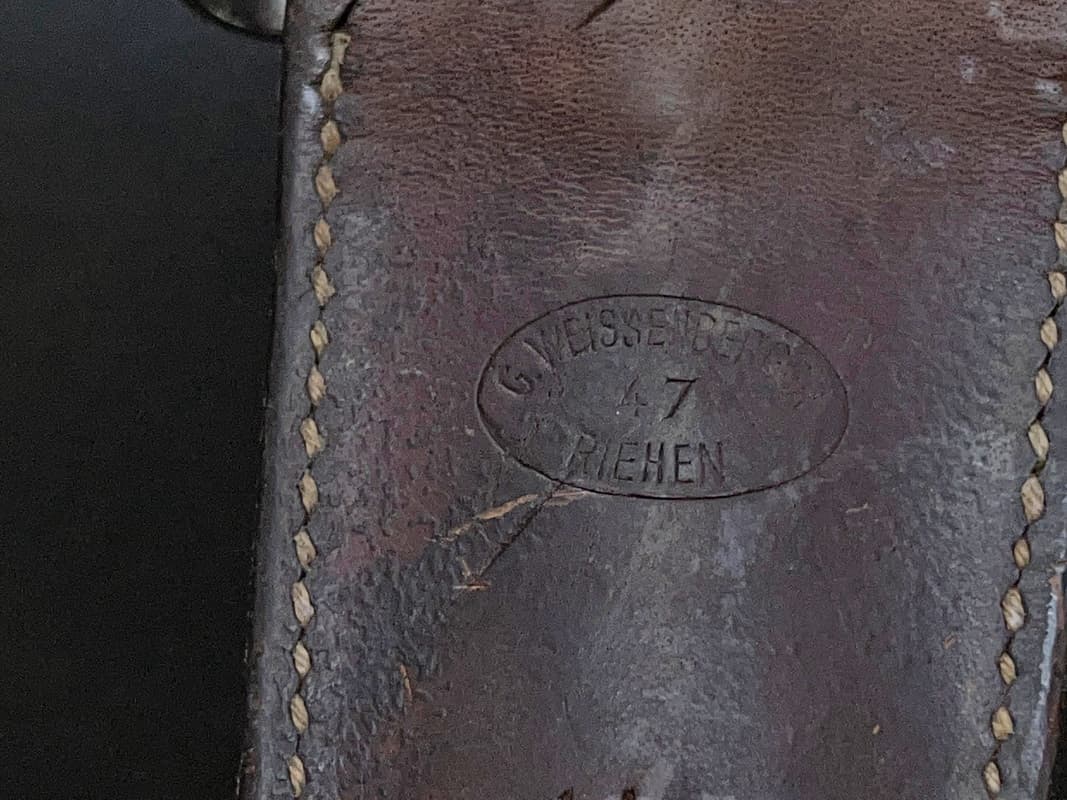


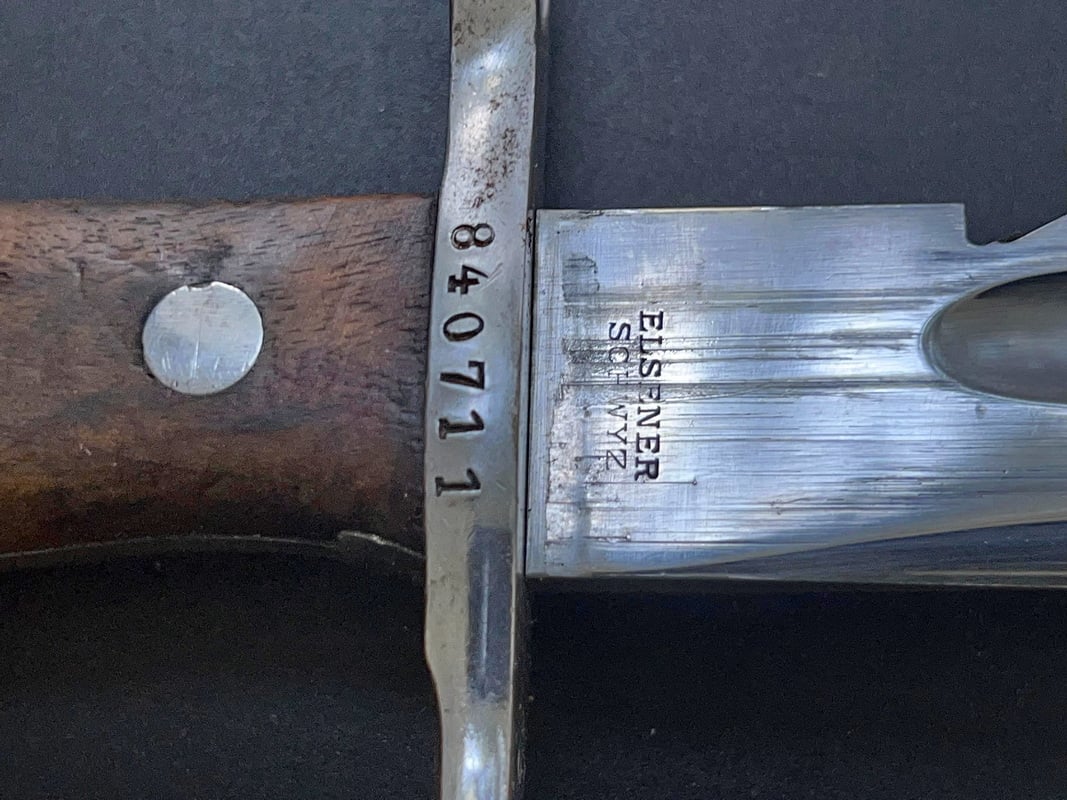


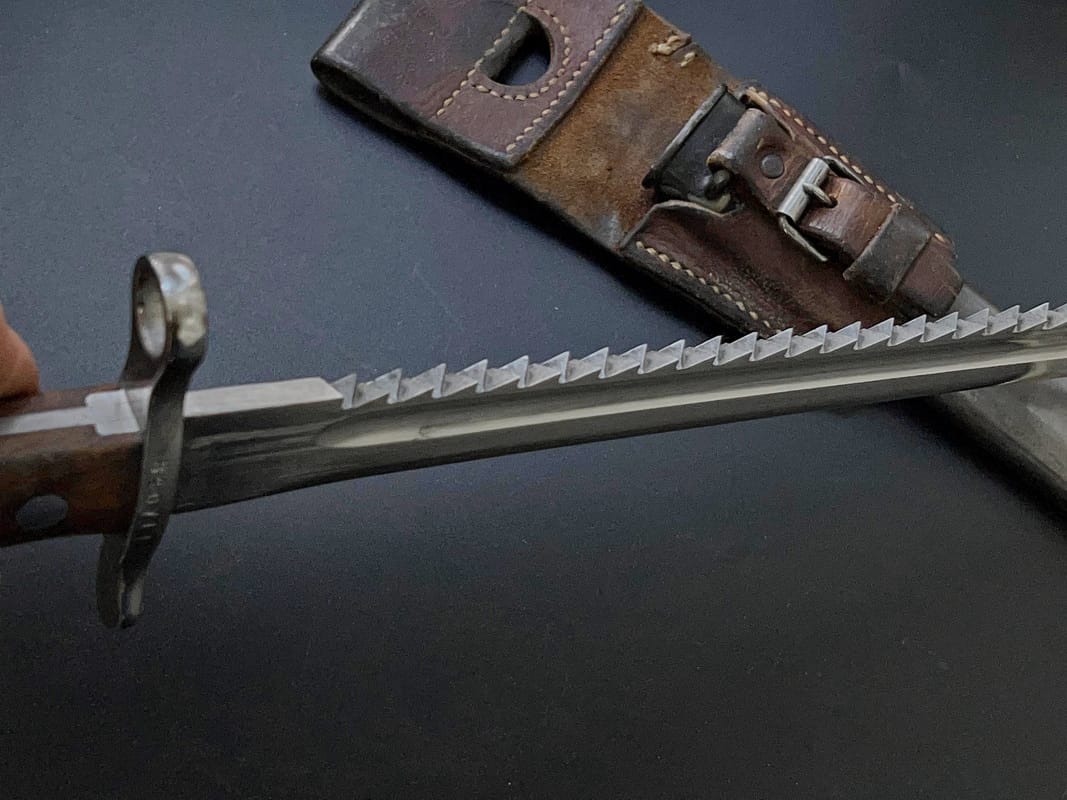


Add a review
Be the first to review “A 1914 model sapper bayonet to the Schmidt-Rubin carbine.” Cancel reply
Categories: Antique Weapons, Bayonets of Peace, European weapons, Gallery of sold
Tags: antique gun collecting, antique interior weapons, AntiqueGallery, buy antique guns, saw bayonet, schmidt rubin bayonet, swiss army knife, ww1 weapons, антиквариат, антикварна зброя в інтер'єрі, антикварное оружие в интерьере, античное оружие, армейский антиквариат, зброя Першої світової війни, исторический антиквариат, колекціонування антикварної зброї, купити антикварну зброю, купить антикварное оружие, оружие Первой мировой войны, швейцарский штык-тесак, швейцарський штик-тесак, штик з пилою, штик Шмідт-Рубін, штык с пилой, штык Шмидт-Рубин



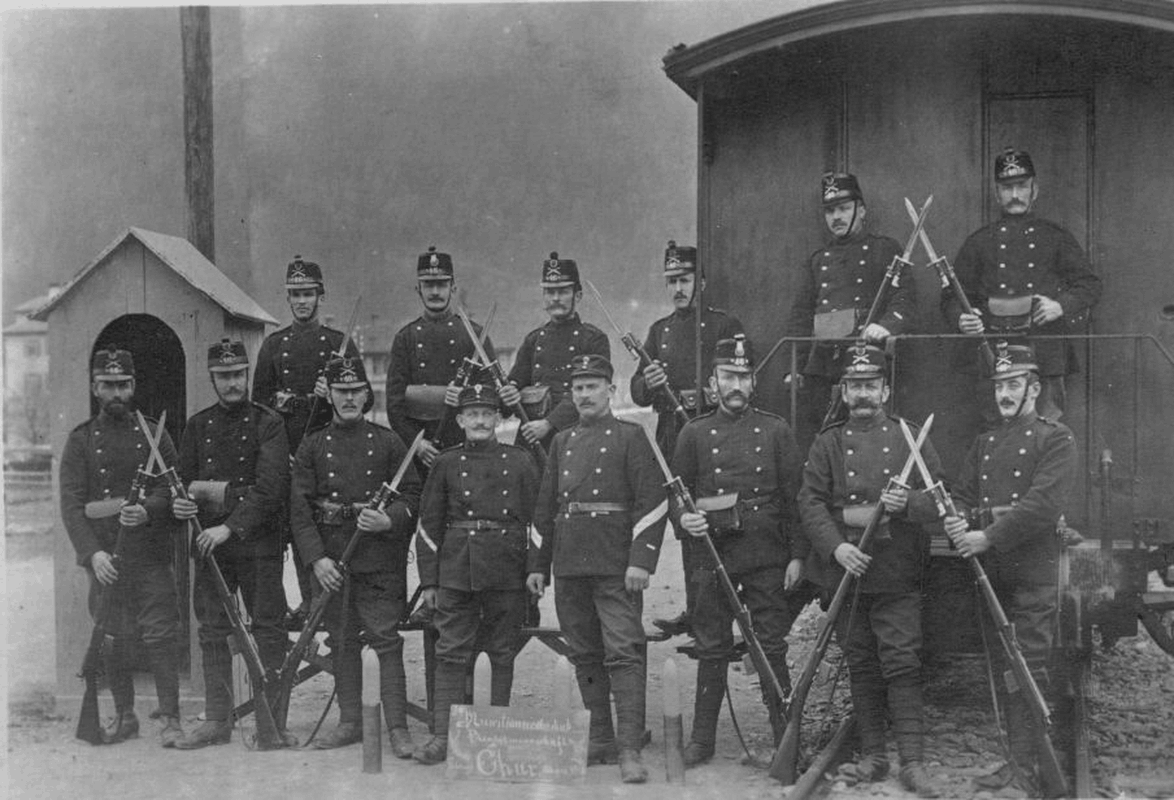


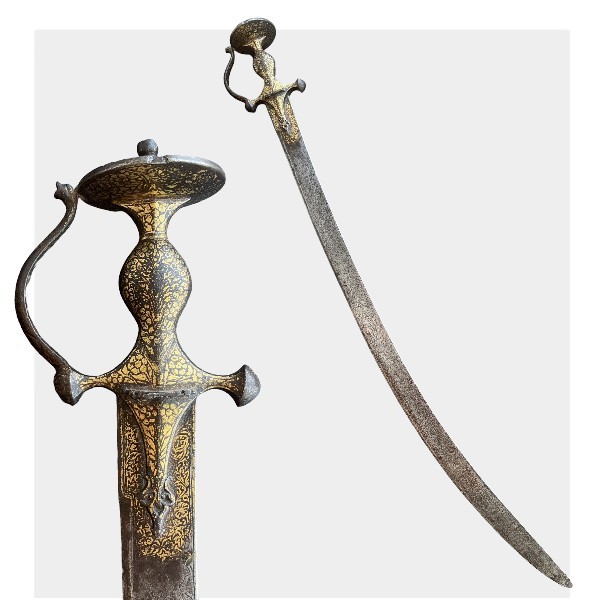
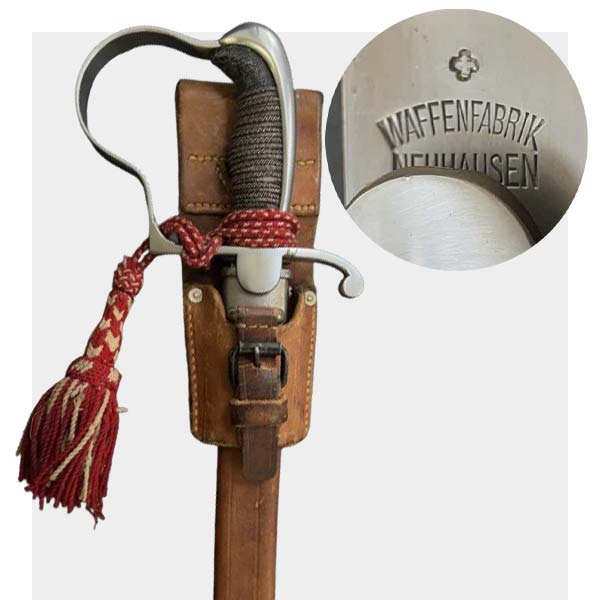
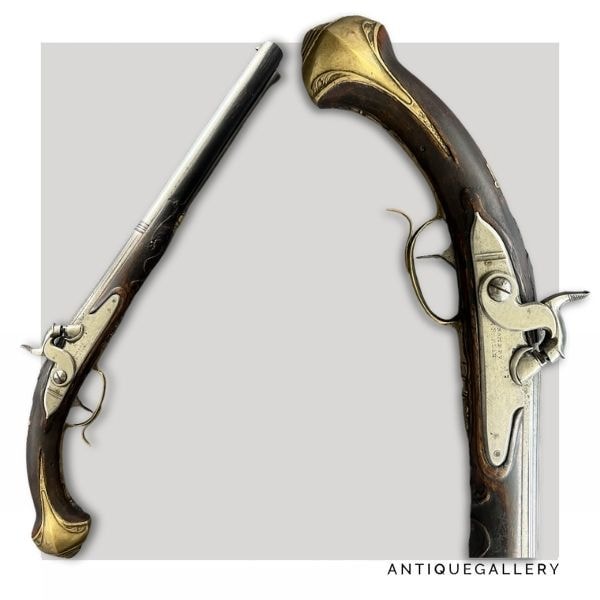


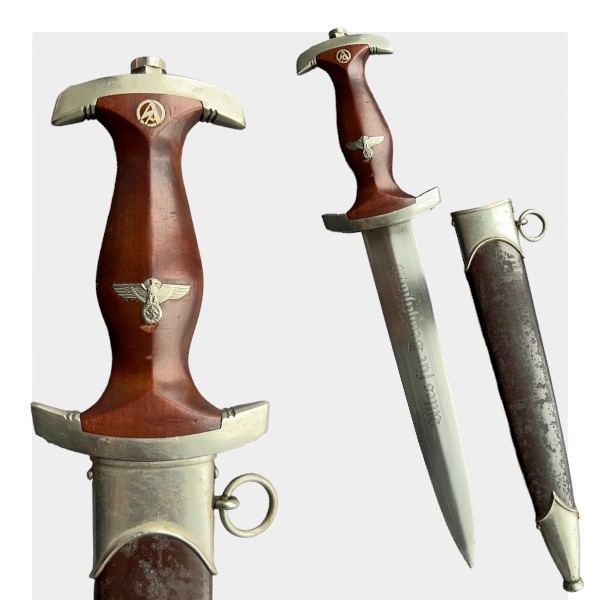
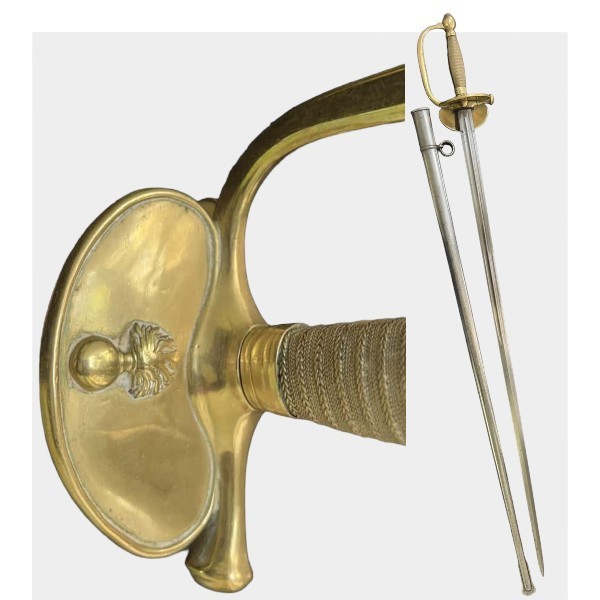
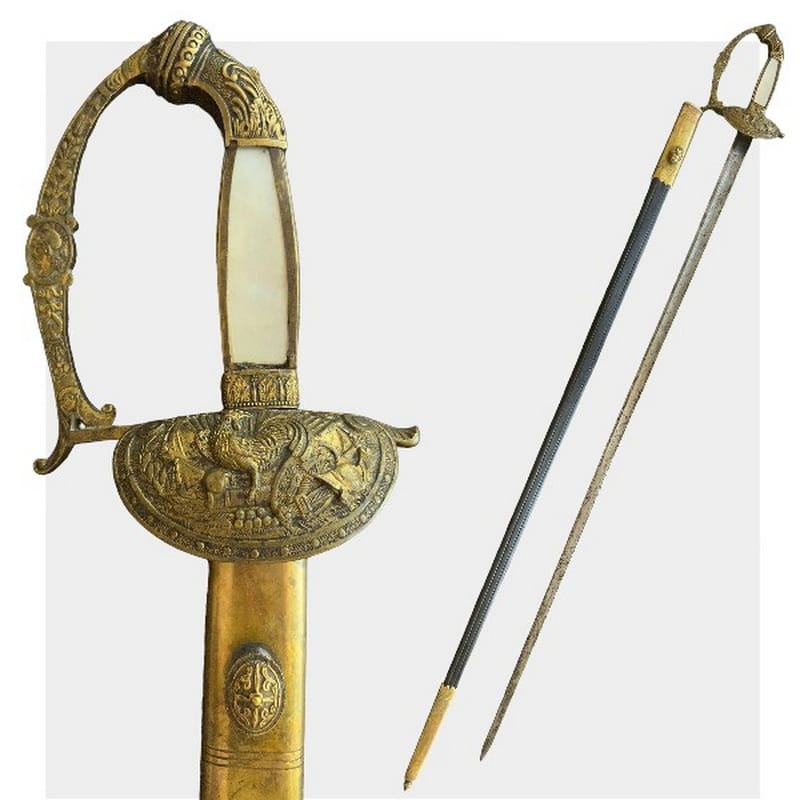



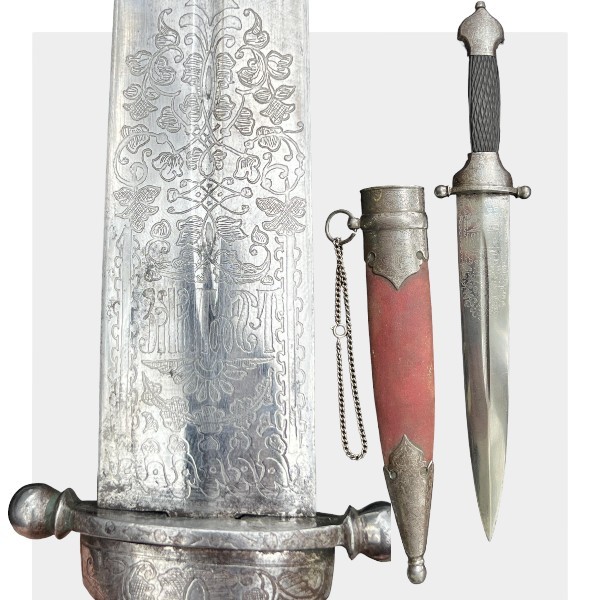



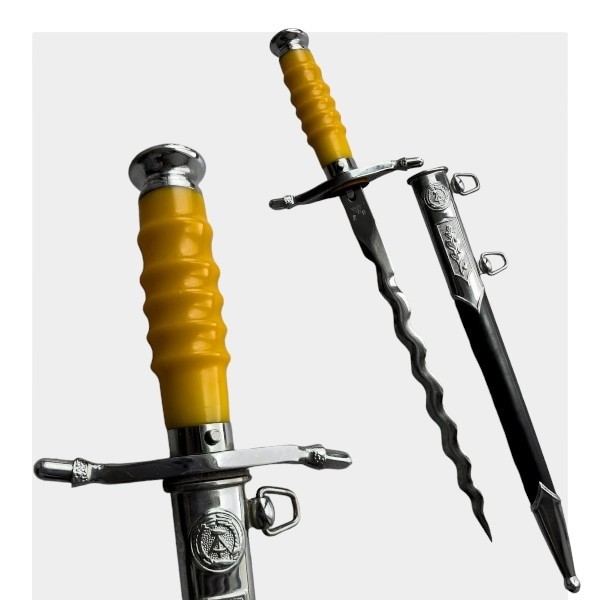

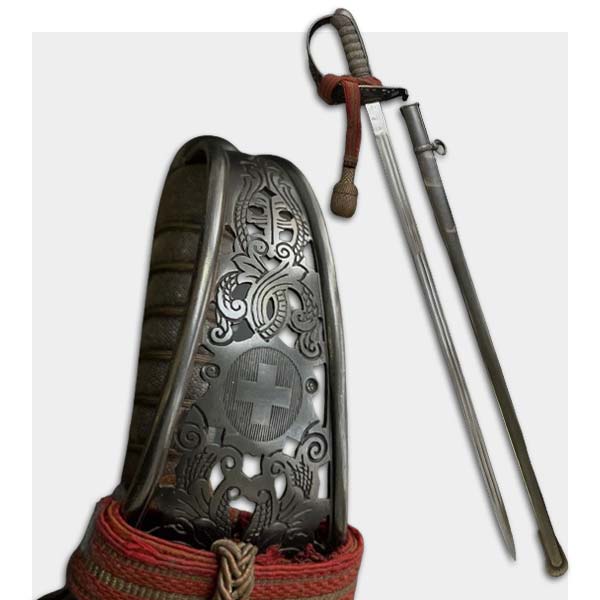
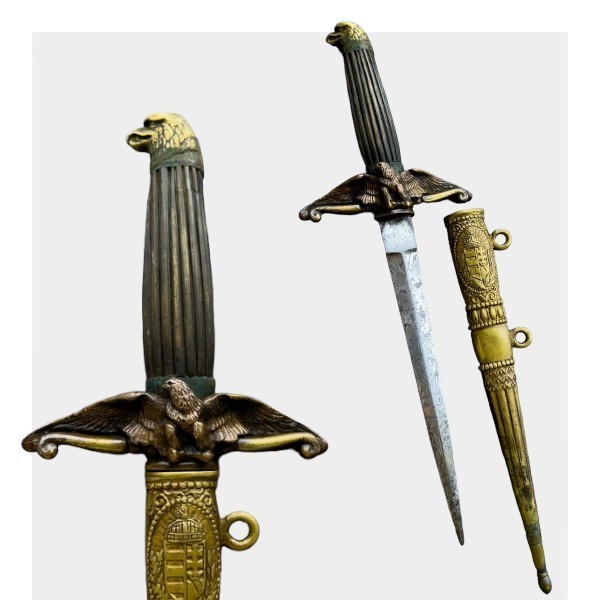
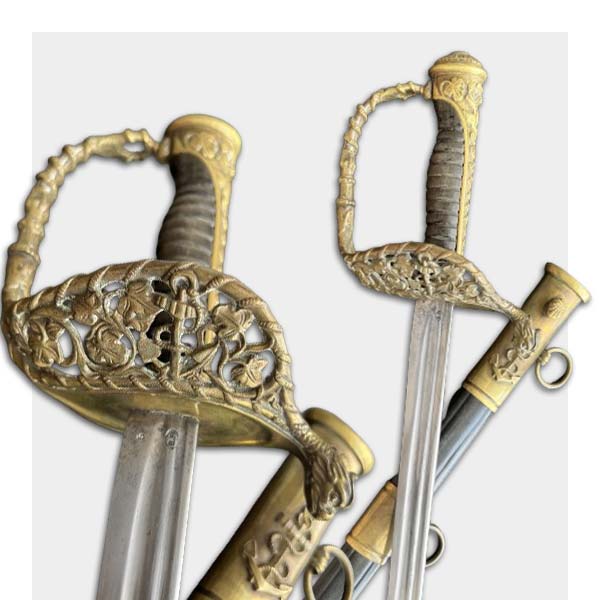
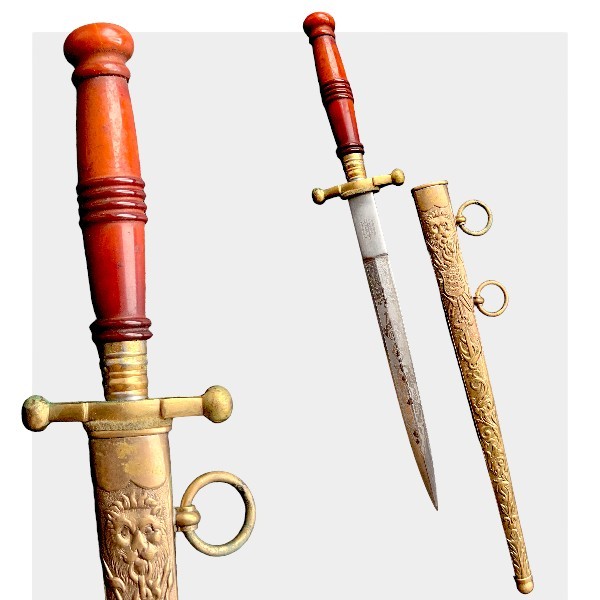
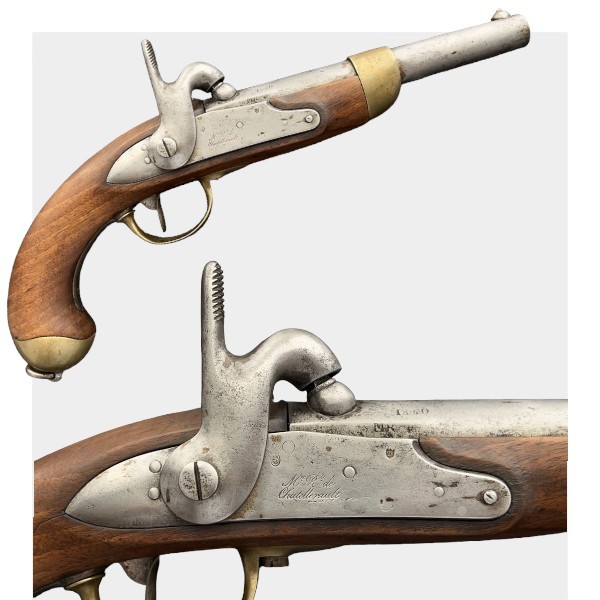
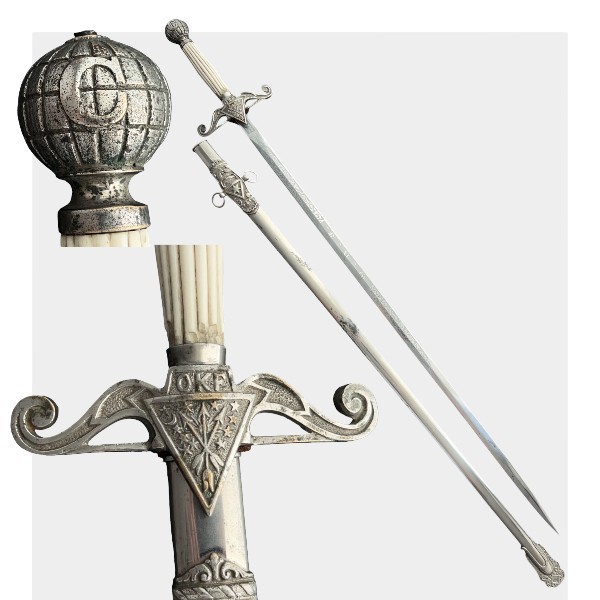




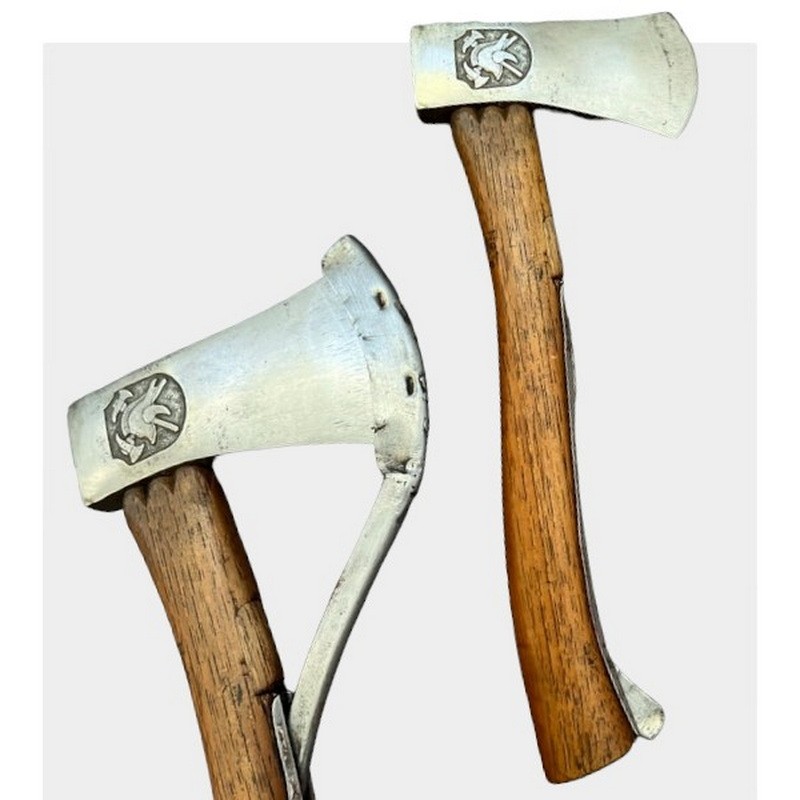

There are no reviews yet.